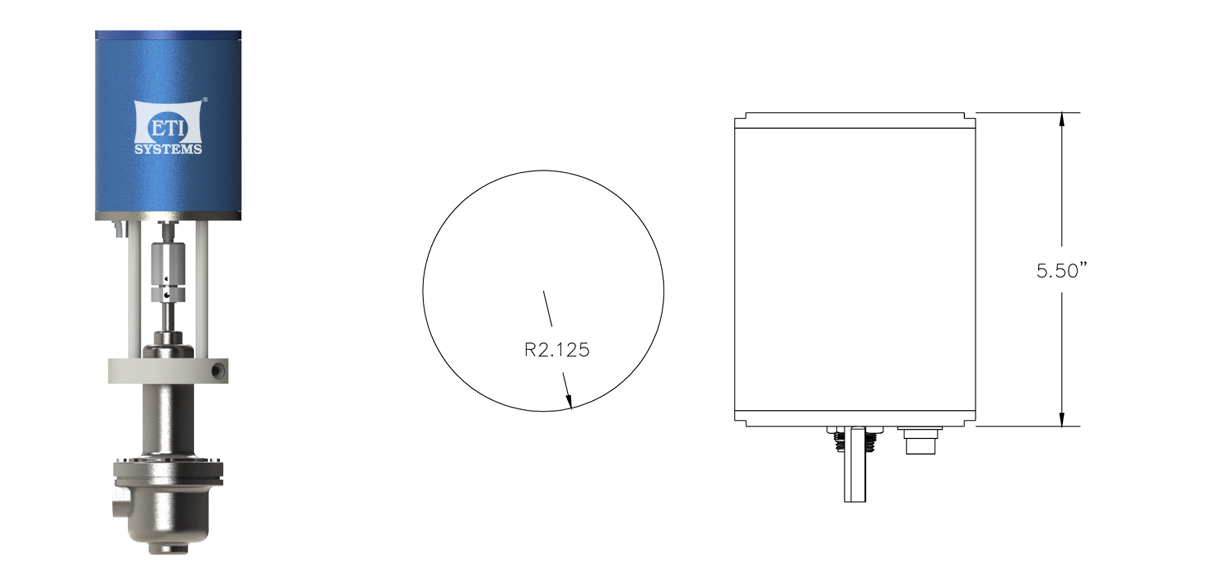Digital Potentiometers: Revolutionizing Precision Control in Electronic Systems
Welcome to the digital age, where precision control in electronic systems has reached new heights! Say goodbye to traditional potentiometers and hello to their innovative counterpart – digital potentiometers. These tiny yet mighty devices are revolutionizing the way we achieve accuracy and flexibility in our electronic gadgets. In this blog post, we will take a deep dive into the world of digital potentiometers, exploring how they work, their advantages over traditional options, and how they are transforming various industries. Get ready to be amazed by the power these miniature wonders hold and discover why they have become an indispensable tool for engineers and tech enthusiasts alike. Are you ready for a journey into the future of precision control? Let’s dive in!
Introduction to Digital Potentiometers
Digital potentiometers are revolutionizing precision control in electronic systems. By combining the features of a traditional potentiometer with the accuracy and flexibility of digital control, digital potentiometers offer a new level of control for electronic systems.
Digital potentiometers offer many advantages over traditional analog potentiometers, including:
– Increased accuracy: Digital potentiometers can be precisely calibrated to provide extremely accurate control over an electronic system.
– Increased flexibility: Digital potentiometers can be easily configured to provide a wide range of control options, making them ideal for use in complex electronic systems.
– Increased durability: Digital potentiometers are not subject to the wear and tear that can degrade the performance of analog potentiometers over time.
If you’re looking for a precise, flexible, and durable solution for precision control in your electronic system, look no further than digital potentiometers!
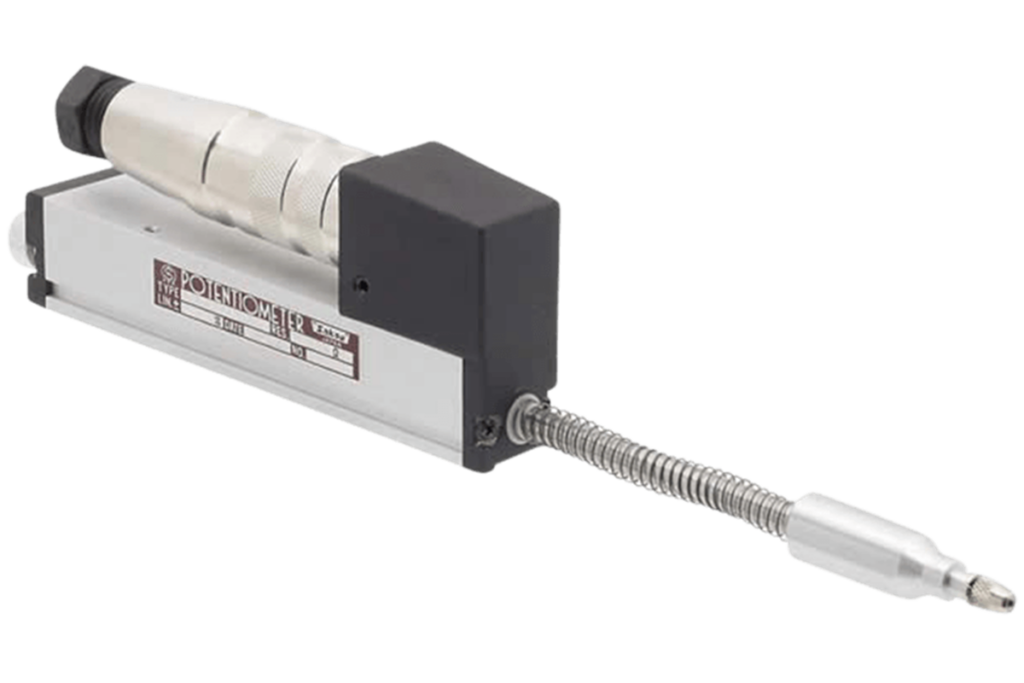

How Do Digital Potentiometers Work?
Digital potentiometers are a type of electronic component that is used to control the voltage in an electronic circuit. They work by using a digital signal to control the resistance of a variable resistor. This allows for very precise control over the voltage in a circuit.
Digital potentiometers can be used to control many different types of electronic circuits. They are commonly used in audio systems to control the volume, and in power supplies to regulate the voltage. They can also be used to control the intensity of LEDs, and the speed of motors.
Digital potentiometers are very versatile and offer many advantages over traditional analog potentiometers. They are much more precise, and can be controlled with a digital signal. This makes them much easier to use in complex electronic systems.
Benefits of Using Digital Potentiometers
Digital potentiometers offer many advantages over their analog counterparts. They are more precise, have a wider range of values, and are easier to use. Additionally, digital potentiometers can be controlled via software, which gives them even more flexibility and precision.
- Precise Control: Digital potentiometers offer a much higher degree of control than analog potentiometers. They can be programmed to adjust the resistance to specific values, which allows for exact tuning and calibration. This is especially useful in applications where precise adjustments are needed.
- Wide Range: Digital potentiometers are available in a wide range of values, from 0-100 ohms to 10K ohms or more. This provides flexibility when selecting the optimal component for an application.
- Easy to Use: Digital potentiometers are easy to use and program, making them ideal for DIY projects or other applications that require quick and easy adjustments.
- Software Controlled: Digital potentiometers can be adjusted via software, allowing for remote adjustment and automated control over a wide range of functions. This feature makes them very useful in industrial applications where regular adjustments are necessary but difficult to perform manually.
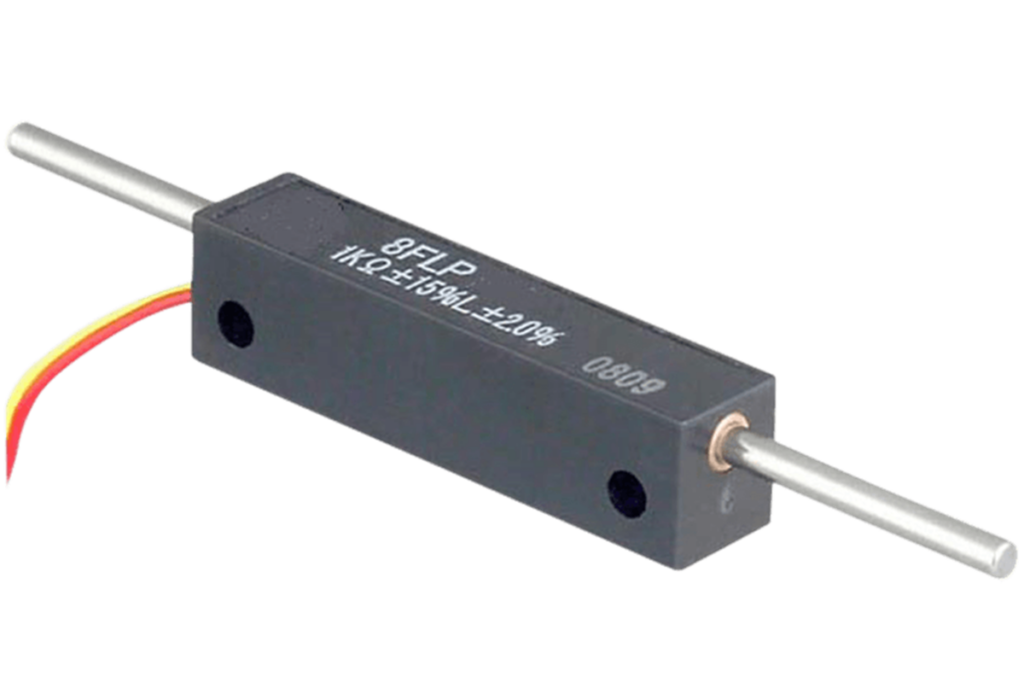

Applications of Digital Potentiometers
Digital potentiometers offer a wide range of potential applications in electronic systems, from simple volume control to more complex precision control.
Digital potentiometers can be used in a variety of ways to improve the performance of electronic systems. One way is by increasing the accuracy of the system. By using a digital potentiometer, the system can be fine-tuned to achieve greater precision. Additionally, digital potentiometers can improve the stability of an electronic system. By using a digital potentiometer to adjust the resistance value, the system can be made more resistant to changes in temperature and other external factors.
Another way digital potentiometers can be used is to simplify the design of an electronic system. In many cases, a digital potentiometer can replace a traditional mechanical potentiometer in a circuit. This can lead to a reduction in parts count and improved reliability. Additionally, digital potentiometers offer advantages over mechanical potentiometers when it comes to packaging density. Digital potentiometers can be much smaller than their mechanical counterparts, allowing for more components to be placed in a given area.
Digital poteniometers also offer increased flexibility when it comes to system design. With a digital poteniometer, it is possible to change the resistance value on the fly without having to physically replace any components. This allows for quick and easy changes to be made during prototyping and testing phases without incurring significant costs. Additionally, this flexibility means that digital poteniometers can
Types of Digital Potentiometers
Digital potentiometers are revolutionizing precision control in electronic systems by providing a wide range of options for designers. There are many different types of digital potentiometers, each with its own advantages and disadvantages. The most common types of digital potentiometers are:
* Volatile or Non-Volatile: Volatile digital potentiometers lose their position when power is removed, while non-volatile digital potentiometers retain their last position even when power is removed.
* Linear or Logarithmic: Linear digital potentiometers have a linear relationship between the wiper position and the resistance, while logarithmic digital potentiometers have a logarithmic relationship between the wiper position and the resistance.
* Single-ended or Differential: Single-ended digital potentiometers have one terminal connected to ground, while differential digital potentiometers have two terminals that can be used to measure the voltage difference between them.
* Resistive or Capacitive: Resistive digital potentiometers use resistors to create the desired resistance, while capacitive digital potentiometers use capacitors to create the desired capacitance.
* Digital or Analog: Digital digital potentiometers use a microcontroller to set the position of the wiper, while analog digital potentiometers use an external voltage source to set the position of the wiper.
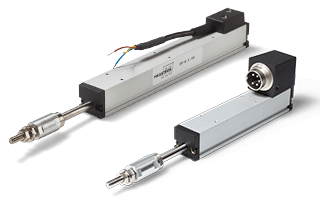
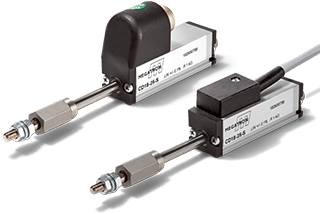
Challenges Faced When Using Digital Potentiometers
Digital potentiometers offer a number of advantages over traditional analog potentiometers, including greater precision and easier integration into digital systems. However, there are also some challenges that need to be considered when using digital potentiometers in electronic systems.
One challenge is that digital potentiometers require a power supply, whereas analog potentiometers can operate without one. This means that extra care needs to be taken to ensure that the power supply is stable and does not introduce any noise into the system.
Another challenge is that digital potentiometers have a limited number of steps, which can make it difficult to achieve smooth control over a wide range of angles or positions. In some cases, it may be necessary to use multiple digital potentiometers in order to get the desired level of control.
Digital potentiometers can be more expensive than analog ones, so cost needs to be considered when deciding whether or not to use them in a particular application.
Finally, digital potentiometers may not be compatible with existing analog systems, so any changes to the system may require additional hardware or software upgrades.
Conclusion
Digital potentiometers have revolutionized precision control in electronic systems. They are able to provide the same level of accuracy and reliability as their mechanical counterparts, while offering more flexibility and longevity. This makes digital potentiometers a great choice for designers who need to integrate precision control into their electronic systems. With so many advantages, it’s no wonder that digital potentiometers are becoming increasingly popular in the electronics industry.
Our Products
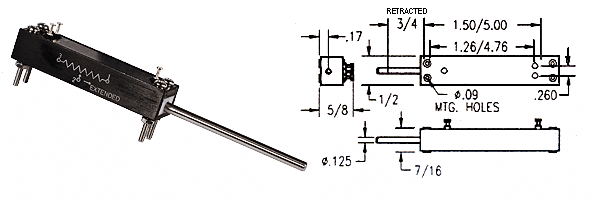
Conductive Plastic Element Black Anodized Aluminum Body, Stainless Steel Shaft, Gold Plated Terminals Recommended for Test and Lab Equipment, Industrial Applications, Medical Equipment (non-life support) Life Expectancy: 20 million strokes Resistance Tolerance: 20% standard (10% Available) Linearity Tolerance: .5% to 1.5% standard (0.3% to 1.0% Available) Power Rating: 0.2 to 1.2 Watt Electrical Stroke: 1″ […]

Conductive Plastic Element. Gold Plated Terminals. High Temp. Thermoplastic Housing. Stainless Steel Shaft. Recommended for Medical Equipment (non-life support), Robotics, Industrial, Test and Lab Equipment. Life Expectancy: 10 million turns Resistance Tolerance: ± 10% standard ( ± 10% available) Linearity Tolerance: ± 1.0% standard ( ± 0.5% available) Electrical Angle: 320º ± 5º Mechanical Angle: […]
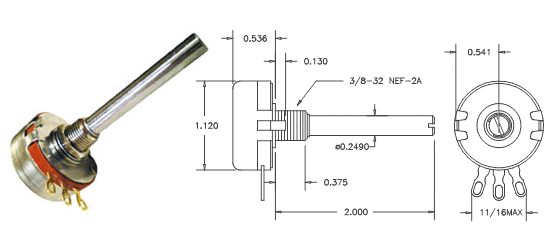
Hot molded carbon element Gold-plated terminals Stainless-steel shaft and housing Quality meeting or exceeding MIL-R-94 – QPL listed Rotational Life: 25,000 Resistance Tolerance: ± 10% or ± 20% Operating Temperature Range: -65°C to +125°C Power rating: 2 watts Insulation Resistance – dry: 10K Meg; wet: 100K Meg Dielectric Strength: 900 VRMS Starting Torque: 1 oz/in […]
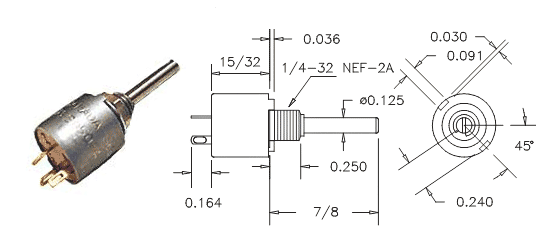
Hot molded carbon element One piece housing and bushing Stainless-steel shaft Quality meeting or exceeding MIL-R-94 – QPL listed Rotational Life: 25,000 Resistance Tolerance: ± 10% or ± 20% Operating Temperature Range: -65°C to +125°C Power rating: 0.5 watts Insulation Resistance – dry: 10K Meg; wet: 100K Meg Dielectric Strength: 750 VRMS Operating Torque: 0.5 […]

MG22 Concentric Turns Counting Dial Counts up to 20 turns. One Piece Mounting. Aluminum Housing. Black Nylon Knob. Numbers are White on Black Background. Over the Center Lock Available. Diameter – 7/8″; Extension from Panel – 1.0″ Maximum Panel Thickness – 1/4″ Weight: .2 oz

Electrical Specifications: 10K ohm precision potentiometer Single axis joystick Cylindrical knob Linearity (independent): ± 5.0% Lever Electrical Angle: 40° Max. Resolution: Essentially Infinite Mechanical Specifications: ± 20° from center deflection angle Life expectancy: 5 million operations Spring return to center Housing material: High temp. thermoplastic IP65 Rating
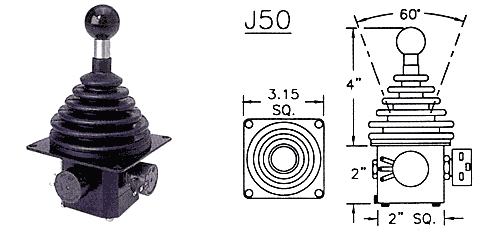
Two axis joystick 4″ handle height 60° deflection angle ( ± 30°) Ball knob Spring return to center Circular deflection pattern 10K ohm precision potentiometer Protective rubber boot (IP54 rating above panel) IP65 option available upon special request Panel mounting bracket
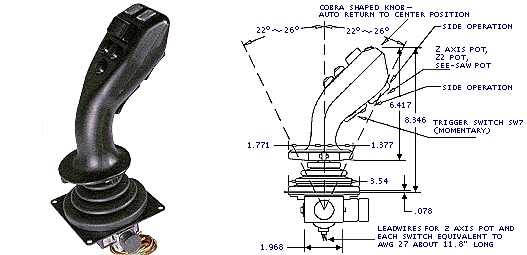
Multi-axis joystick 8.34″ handle height 45° deflection angle ( ± 22.5°) Spring return to center Cobra Head handle Circular deflection pattern 10K ohm precision potentiometers – all axis Three momentary switches (two illuminated, one trigger) Panel mounting bracket Protective rubber boot (IP65 rating above panel)
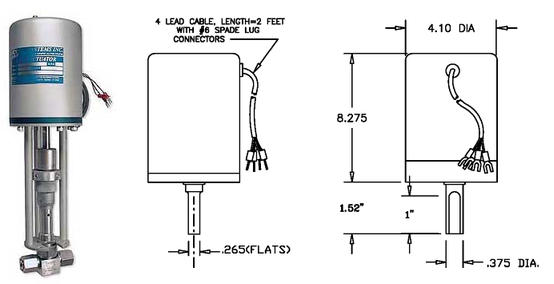
Input: 4 to 20 mA (200 ohms) or 0 to 10VDC (18KΩ) Rotation Speed : 1.5, 3, 5, 10, 20 or 40 RPM Power : 24 VDC (50 Watts min.) Dynamic Braking : Installed Limit Switches : Installed Torque Limiter : Set for Valve requirements. Wt : Approx. 21 in/lbs. max. Seating Limiter : Set […]
